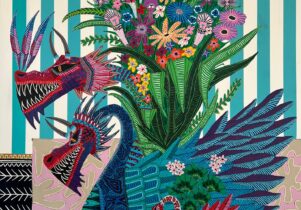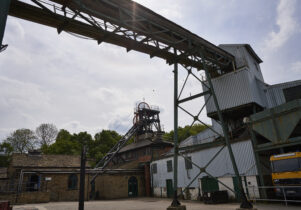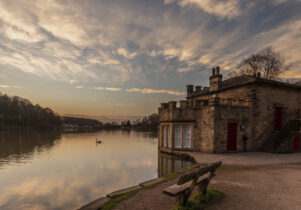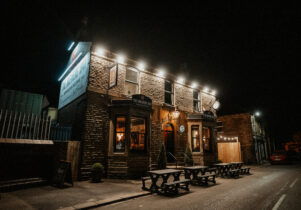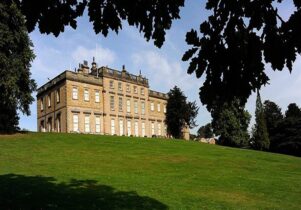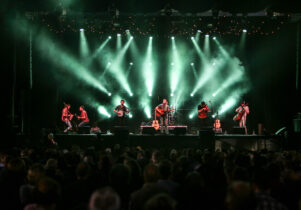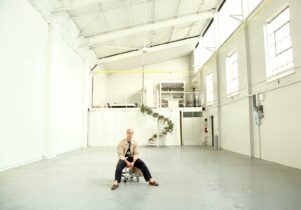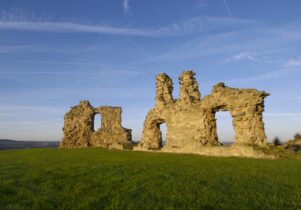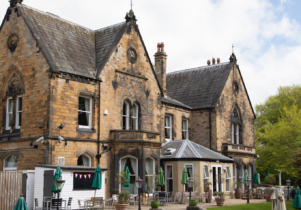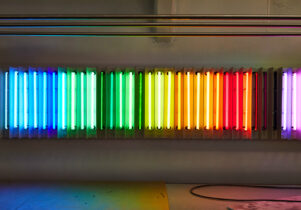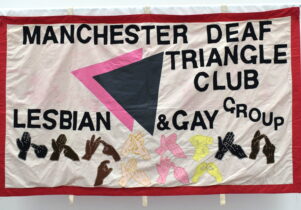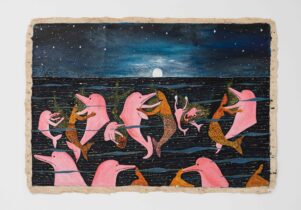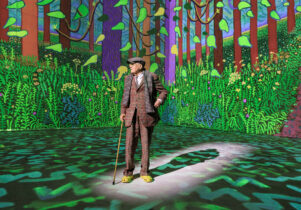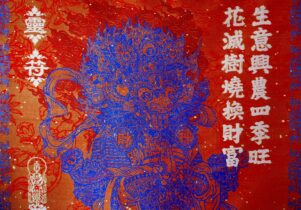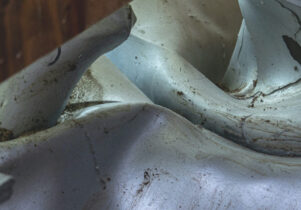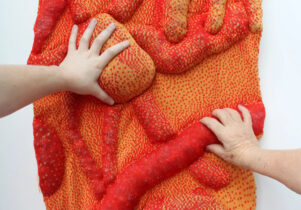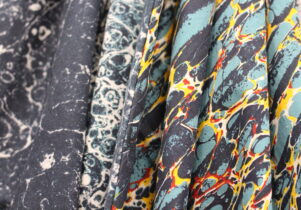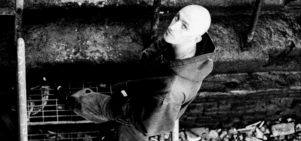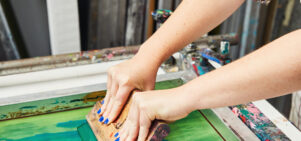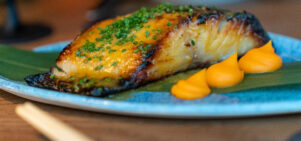Yukihiro Akama: Basho no Kankaku – A Sense of Place 場所の感覚 at Yorkshire Sculpture Park
Maja Lorkowska, Exhibitions EditorVisit now
Yukihiro Akama: Basho no Kankaku – A Sense of Place 場所の感覚
Always double check opening hours with the venue before making a special visit.
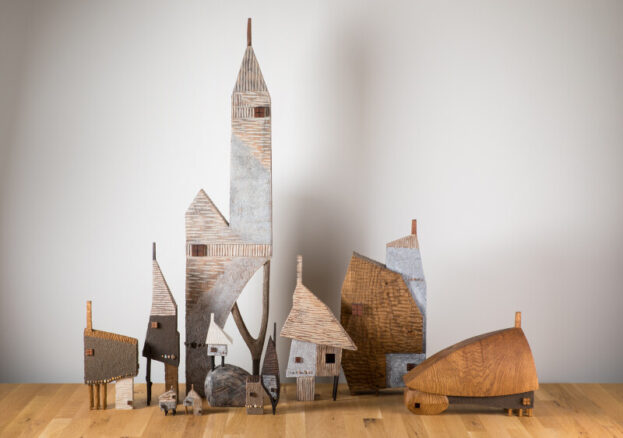
Yorkshire Sculpture Park presents Yukihiro Akama’s largest exhibition to date: Basho no Kankaku – A Sense of Place 場所の感覚.
Yukihiro Akama is a Japanese artist, currently based in a furniture maker’s workshop in Huddersfield where he creates beautiful, wooden sculptures in the form of miniature houses. He began his career in architecture which nourished his passion for creating spaces but did not quite satisfy the desire to work with his hands. With each piece, large or small, Akama sets out to capture a sense of place, especially focusing on sites that are natural, quiet, and rural.
The artist himself is now surrounded by the natural world on a daily basis but his inspiration comes from a multitude of sources. Practically, he draws on his experience as a joiner, while conceptually his ideas are inspired by anything from natural motifs like stones and clouds, to manmade vernacular architecture seen during his travels around Asia and the UK, and Japanese temples and shrines, particularly Jomon-era ruins.
While his sculptures are often described as whimsical, there is a more grounded element to their making. Akama uses traditional Japanese tools to create an array of surfaces and polishes. Each house is carved from a single piece of wood and coloured with a method of staining the wood using an iron acetate solution, developed by the artist himself.
Akama ‘listens’ to the wood as he works, letting the knots of the grain guide the direction of carving. This way of working is both intuitive and labour-intensive and results in delicate forms with intricate details, often balancing on stilt-like legs. Each unique piece takes between three hours and three days to complete.
If you’re looking to add art to your collection, you’ll be happy to know that all of the work on display is available for sale too, with prices ranging from £110 to £7,500.
Basho no Kankaku – A Sense of Place 場所の感覚 is a combination of skilled, manual work and the playfulness of the artist’s ideas that develop organically during the process. It’s a celebration of wood and its unique qualities too, emphasised by an artist who is intimately familiar with it.


